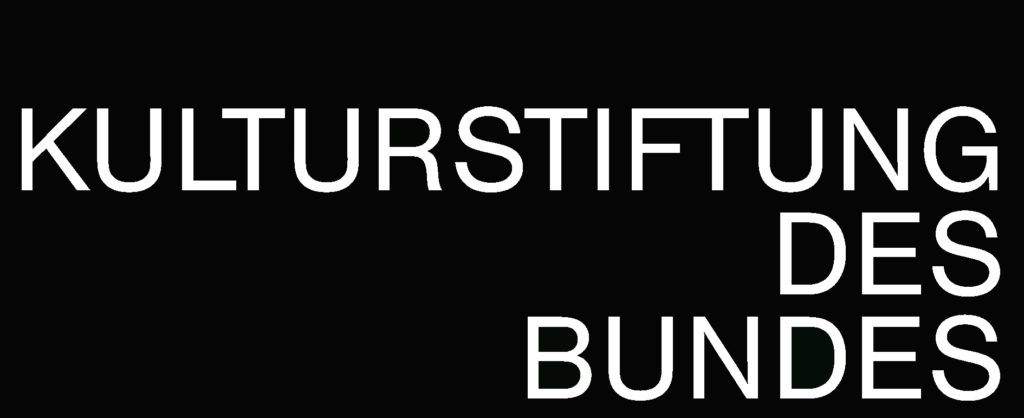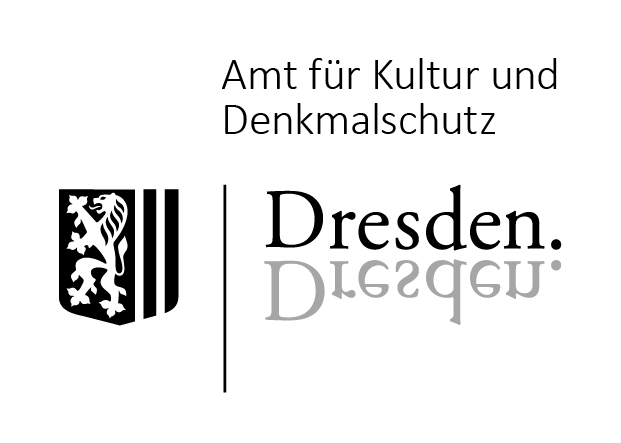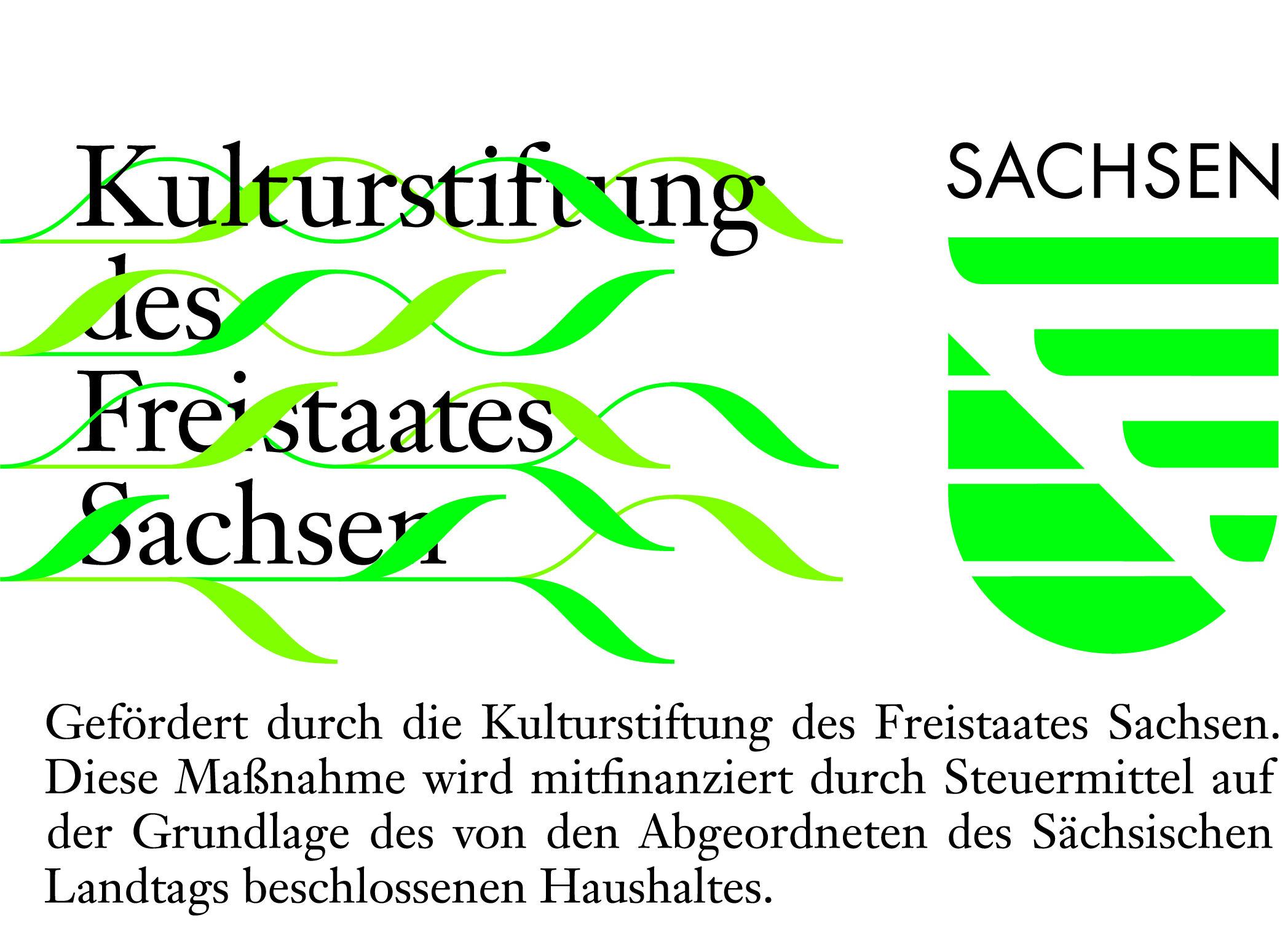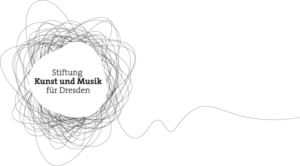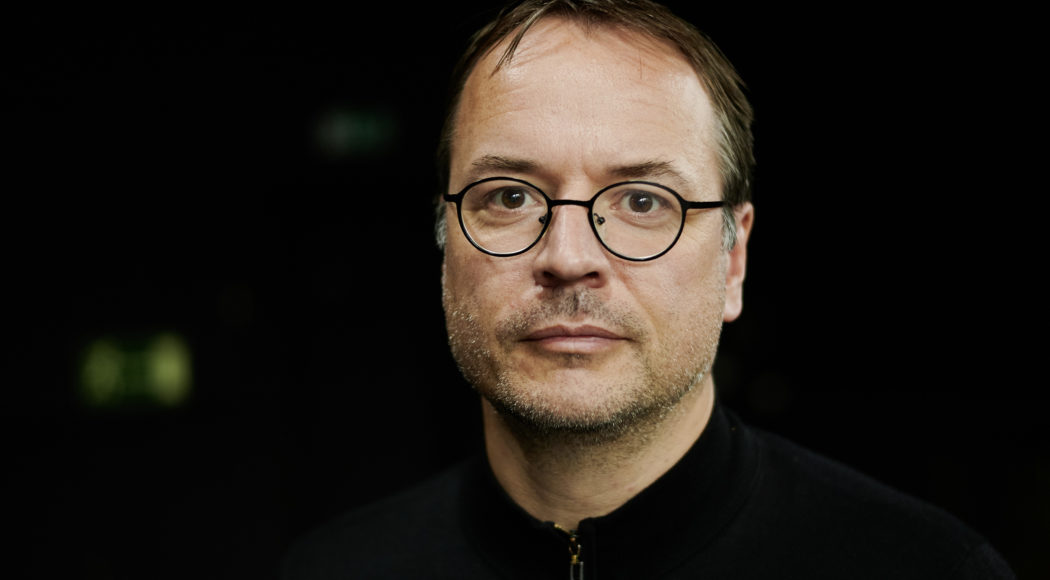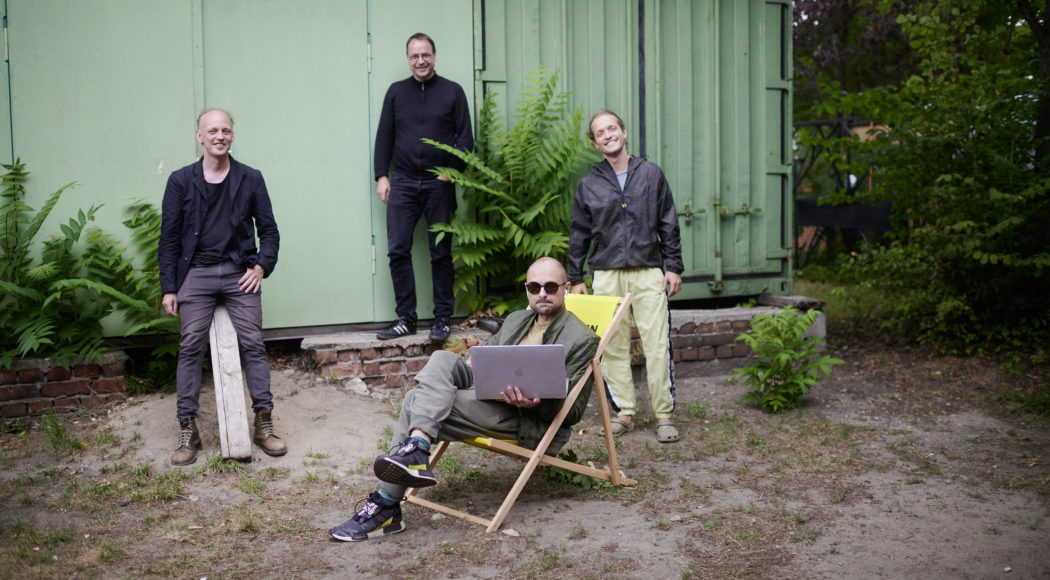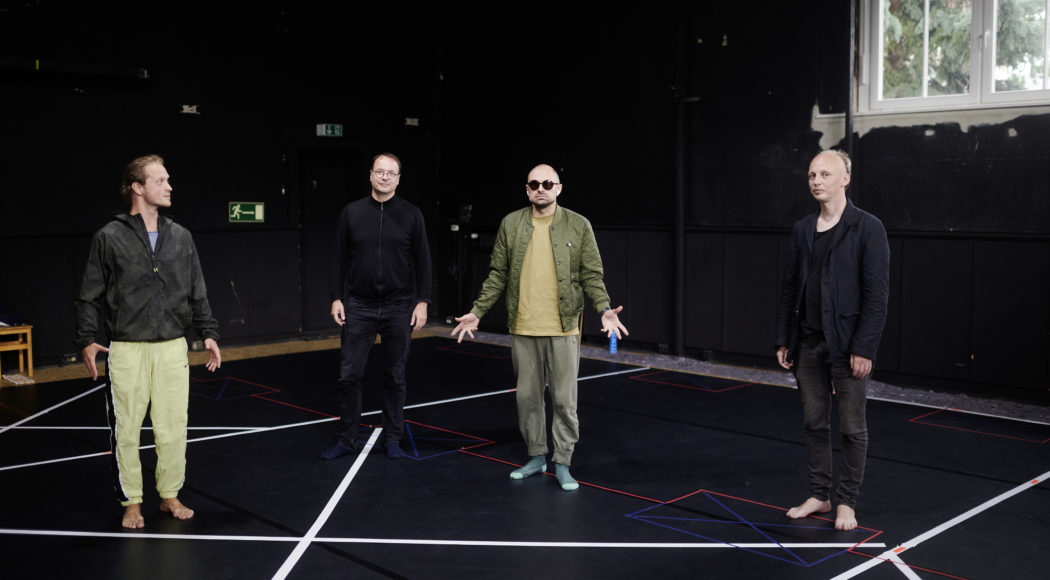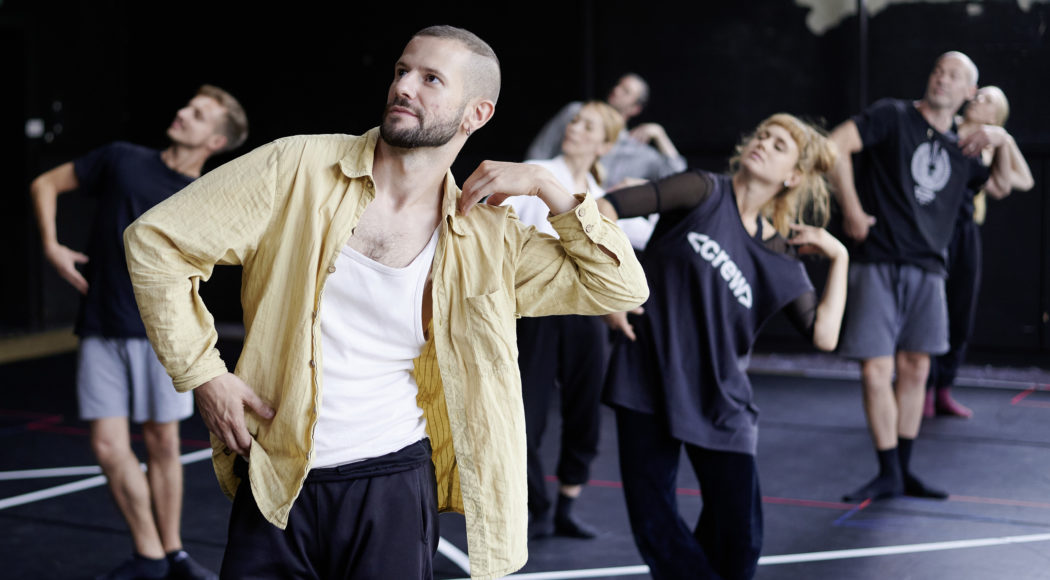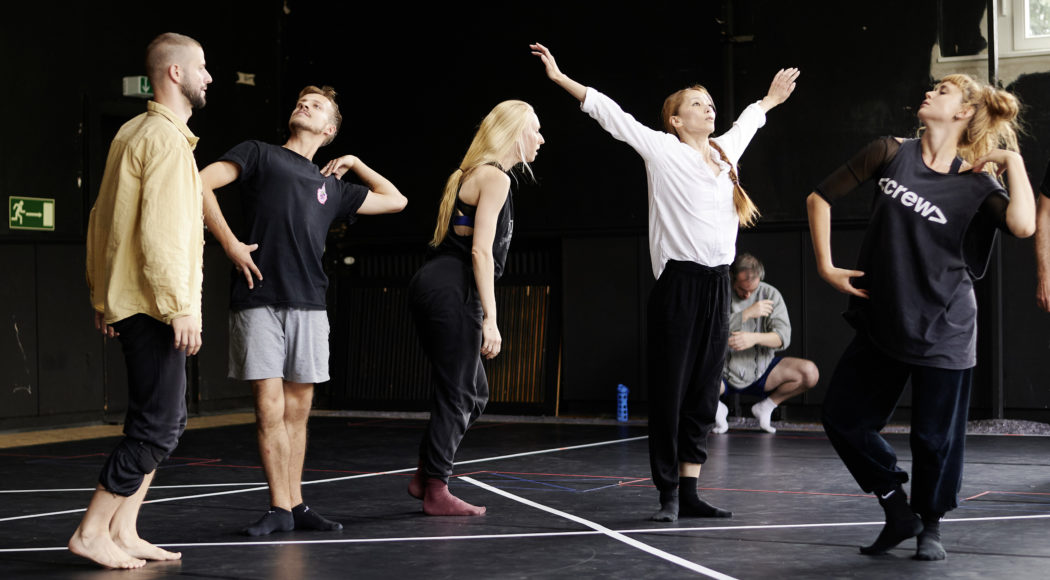Trauma with jumps - How "Slaughterhouse 5" became a musical theatre - Johannes Kirsten
Kurt Vonnegut’s novel Schlachthof 5, in which he wrote about the heavy bombing raids of 13 and 14 February 1945, is a collage, satire, biography, science fiction and everything at the same time: the novel’s narrative wanders through different time levels in fragments and excerpts, allowing personal experience and lessons learned to merge with fiction. On the one hand, the fragmented and heterogeneous nature of the novel is what makes it so fascinating and, on the other hand, makes it difficult to adapt it for the stage. The first step was to create a scenario, a kind of timetable or path through the novel. What remained were 16 scenes arranged according to situations or places and times. In a second step, these scenes were then filled with texts from the novel. It first had to function as a complete narrative in this passageway through the novel before the condensation of the text could begin in a third step. The first version of the libretto was still far too long. What can be a normal length for an adaptation for drama is still too long for music theatre. Music has its own laws and makes very specific demands on the text. The first version was shortened and condensed more and more in several stages. In spite of all this condensation, it is always important to weigh up how much one is guided by the plot of a novel when adapting for the stage, or whether side strands, atmospheric moments, philosophical digressions which are not directly related to the plot of the novel but which ultimately make up its class are taken into account in the adaptation. I have tried to follow the plot of the novel as well as to convey moments that are not decisive for the plot but which convey the overriding theme of “remembering” and how traumatic experiences can be remembered and told. The leaps in time, which are an important element of the novel, are a great challenge both in the construction of the libretto and later for the events on stage. All scenes in the adaptation are provided with dates and locations. Video will also play a role in the staging. In addition to images that comment on the events on stage or accompany them associatively, faded-in writing will also be an element that is played with. In the best case scenario, a network of sung text, words, sentences and year dates will be created, which will be inserted via video and the images and processes that are formed with the dancers and singers.
Schlachthof 5 (premiere) based on the novel by Kurt Vonnegut
24 – 27.09.2020
with Maxim Didenko, Vladimir Rannev, Johannes Kirsten, AJ Weissbard, AuditivVokal Dresden (RU/DE) HELLERAU – European Centre for the Arts, Great Hall
Music: Vladimir Rannev
Text version: Johannes Kirsten
Director: Maxim Didenko
Stage design, costumes, lighting design: AJ Weissbard
Choreography: Vladimir Varnava
Video design: Oleg Michailov
Musical direction: Olaf Katzer Singer*inside
Ensemble AuditivVokal Dresden Dancers* ensemble
Actor: Wolf-Dieter Gööck
Dancers*: Aleksandr Chelidze, Amy Schönheit, Aya Sone, Donna-Mae Burrows, Leon Damm, Rodolfo Piazza Pfitscher da Silva, Yasmin Schönmann, Charles Washington
Singers* AuditivVokal Dresden: Alexander Bischoff, Anne Stadler, Dorothea Wagner, Felix Schwandtke, Katharina Salden, Konrad Furian, Philipp Schreyer, Stefan Kunath
Project management tristan
Production: Isolde Matkey
A co-production of tristan Production and HELLERAU – European Centre for the Arts Funded by the Federal Cultural Foundation as well as by the City of Dresden, the Office for Culture and Monument Protection, the Cultural Foundation of the Free State of Saxony and the Dresden Art and Music Foundation.
